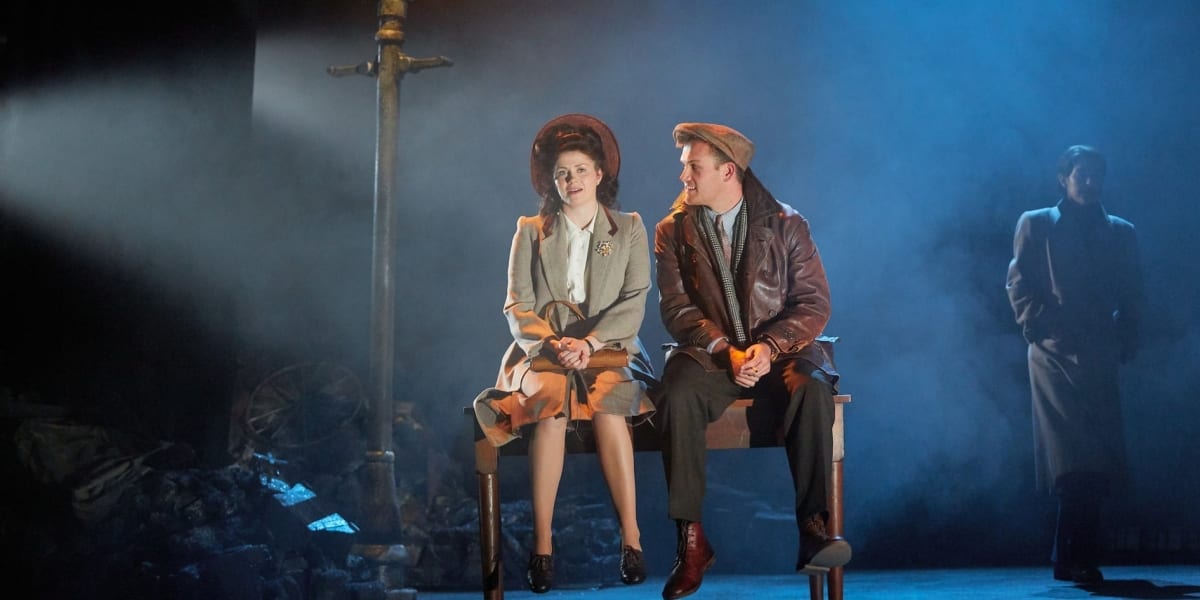The Night Watch is a haunting collection of intertwined narratives about Londoners living through the blitz. These Londoners exist in a broken world, and their various traumas are expressed in the ruined architecture: piles of rubble and debris mirror their fragmented emotional states.
Kay is a woman out of time. She is an intelligent misanthrope, played by Phoebe Pryce, who wanders lost around the wreckage of post-war London. ‘People’s pasts are far more interesting than their futures’ she says; she stares blankly into the middle distance, fixated on her memories of wartime life.
The Night Watch travels backwards from 1947 to the start of the blitz in 1941. Pryce does an excellent job at displaying a huge emotional change in her character during these six years; Kay goes from being a purposeful and driven emergency services worker to a vacant and pre-occupied recluse. Kay is reluctant to admit that the war was a time of excitement for her; she used to work as a paramedic scouring the smouldering bricks for injured bomb victims and enjoying dangerous sexual encounters with beautiful women like the industrious Rosie the Riveter-type Mickey (Mara Allen).
We travel across the interconnected narrative threads to other denizens of London. Duncan, (Lewis Mackinnon), the brother of a dating agency worker called Viv (Louise Coulthard) Kay saved from dying during the war, is perhaps the character most deeply traumatised by his blitz experience, since it involved the tragic death of his lover. Mackinnon does a really great job at pulling out the anxiety that controls him; he works in a candle factory now, emasculated and reticent, living on the dull outskirts of the city and taking care of the decrepit Mr Mundy (Malcolm James) in the shame of self-imposed exile.
One striking aspect of The Night Watch is how well scenes are imaginatively recreated. Constraints of the set mean that the production team had to think laterally about ways of establishing a compelling mise en scène. For instance, Viv and Helen (Florence Roberts) convey perching on the roof of their office building by climbing up on the set’s desk, drinking in the London skyline while enjoying a cup of tea and a cigarette. Duncan and his prison bunkmate Robert (Sam Jenkins-Shaw) convey the horror of being stuck in the zoo of prison during the blitz by huddling in the centre of the stage, surrounded by flashing lights and the bestial screams of snarling prisoners.
One of the most poetic uses of the mercurial set is when it helps illustrate the pre-occupations of Kay. Mrs Leonard (Izabella Urbanowicz), a revered mystic, makes an incisive comment about Kay’s current outlook on life; she says Kay is a cinema-goer, an exhausted addict, who is made spectral by the camera’s flickering light while she searches for meaning in its pictures.
This insight is a rather poetic moment in The Night Watch that holds true for more characters than just Kay – all the actors do a great job at conveying this forlornness. All in all, this a great production that expertly communicates the sense of lingering grief and loss that forms the aftershock of the blitz.

